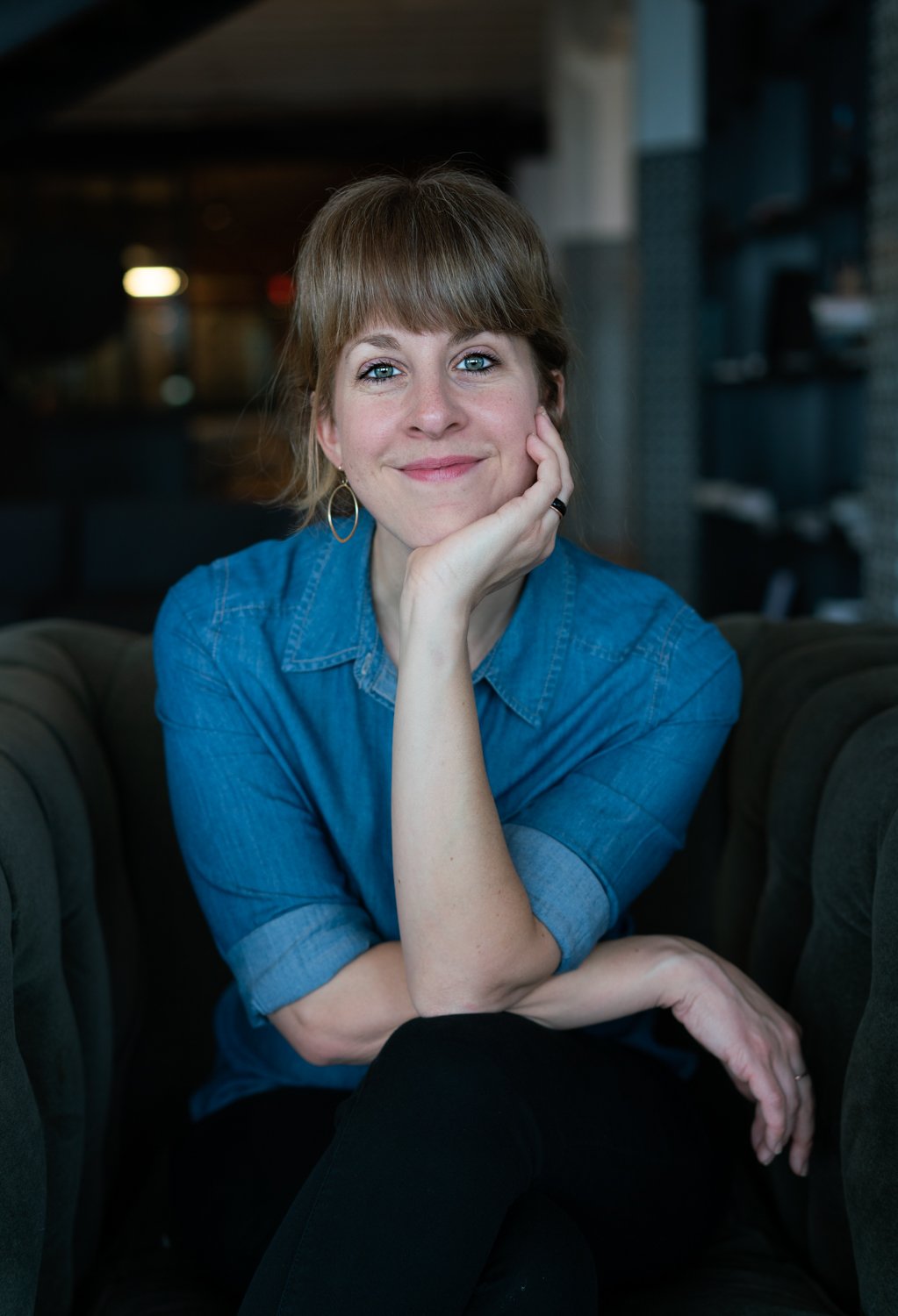Interview with Leah Koenig
Interview with Leah Koenig
Food Writer and Cookbook Author
"I feel a real sense of duty to readers and home cooks to share not just an ingredient list and set of directions, but also a story--sometimes a snippet, sometimes much more--that brings the recipe to life. "
Leah Koenig is the author of seven cookbooks, including the acclaimed The Jewish Cookbook and Modern Jewish Cooking. Her newest cookbook, PORTICO: Cooking and Feasting in Rome's Jewish Kitchen was published in August of 2023.
Leah's writing and recipes can be found in The New York Times, New York Magazine, The Wall Street Journal, The Washington Post, Food & Wine, Epicurious, and Food52, among other publications. She also writes a weekly newsletter, The Jewish Table, which shares recipes and stories from the world of Jewish food.
In addition to writing, Leah leads cooking demonstrations and workshops around the country and world. She lives in Brooklyn, New York with her husband and two children.
1. Your culinary journey has led you to write seven cookbooks, each with a unique perspective on Jewish cuisine. Could you tell us how your passion for food and cultural background has influenced your work and how this has evolved in your new cookbook, PORTICO: Cooking and Feasting in Rome's Jewish Kitchen?
For the last 15 years, I've focused my work as a food writer on exploring and documenting global Jewish cuisine. Throughout history, Jews have lived and cooked virtually everywhere in the world (maybe not Antarctica?!) so the cuisine is this wildly diverse and utterly delicious mosaic. My last book, The Jewish Cookbook, was a worldwide tour of global Jewish food with 425 recipes that tried to capture as many corners of Jewish cuisine as possible. It was amazing to get to work on a project of that scope, but it also left me yearning to really dig deep into a single Jewish community and tell its story in a way that felt meaningful and thorough and personal. The time I’ve spent in Rome enormously impacted me professionally and personally. Writing PORTICO, which tells the stories and shares the recipes of Rome's 2,000-year old (and still vibrant today) Jewish community, felt like a chance to give something back to a community that means so much to me.
2. You have contributed to prestigious publications like The New York Times and The Wall Street Journal. Your weekly newsletter, The Jewish Table, blends recipes with cultural stories. How do you craft your content to ensure that readers follow recipes and engage deeply with the cultural roots behind the dishes?
Food means so much more and, I believe, tastes better when it is situated within a larger context. So whether I am writing for an outside publication or for my newsletter, The Jewish Table, I feel a real sense of duty to readers and home cooks to share not just an ingredient list and set of directions, but also a story--sometimes a snippet, sometimes much more--that brings the recipe to life. With PORTICO, sharing the stories behind the recipes was simple because the community's history is endlessly fascinating and the Jewish community living in Rome today is filled with wonderful people who are immensely proud of their heritage and recipes.
3. During your guest appearance on our What's Burning podcast, you highlighted the valuable lessons about adaptation and flexibility that one can learn through exploring Kosher cuisine. The Galilee Culinary Institute is a kosher institution that will embrace a rich array of dietary adaptations, from Halal, to vegan and gluten-free. How do you see these principles as particularly relevant and impactful for aspiring culinary students in today's diverse culinary landscape, and how can these skills be helpful to our students?
We live and cook in a global world and, if we are lucky, our communities are filled with people from a wide variety of backgrounds. Whether at a restaurant or in someone's home, the table is a microcosm for how we can strive to make other's feel comfortable and fully themselves while sharing something of ourselves with them. That might sound a little hokey, but I think the more we can learn to be flexible and adapt in the kitchen and at the table, the more we will be able to apply those skills to the rest of life.
4. In the What's Burning podcast, you also discuss the intriguing shift from traditional babka rolling to modern braiding to enhance visual appeal. The Galilee Culinary Institute is revolutionizing culinary education by going beyond culinary techniques. Among many specialties is our specialized course on storytelling integrated with social media. Would you have chosen to attend the GCI if you knew we offered a unique curriculum incorporating skills beyond the kitchen? Could you emphasize the significance of this fusion in shaping a well-rounded culinary professional?
The types of courses that GCI offers are things I couldn't have imagined when I was in my early 20s and considering whether to go to culinary school. Through much luck, I ultimately found my own path and place in the food world without attending culinary school. But had a program like GCI's existed then, I think it is almost certain I would've attended. Being a culinary professional today, whether you are a chef in a restaurant kitchen or a content creator on social media, requires an integration of culinary skill and the ability to tell a great story. I think it is amazing that GCI is training a generation of food professionals to do both.
5. What is a fun culinary fact about you?
I was an incredibly picky child--I wouldn't even eat pizza until I was a teenager because I didn't like melted cheese! I am glad I am passed that stage, really far from it. But I'm also glad I went through that phase because now I don't worry all that much that my two kids are selective eaters.

